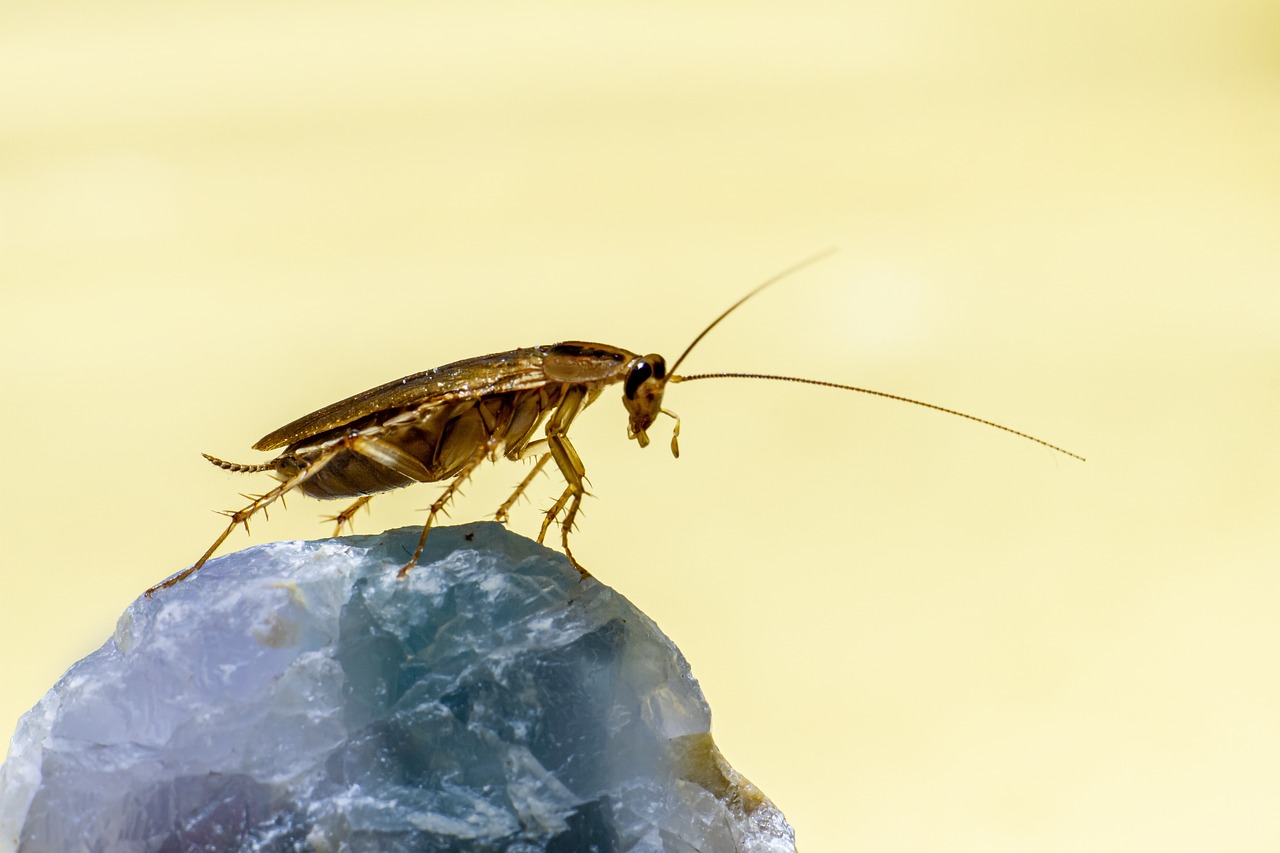
Vocabulary:
- dispersion /dih-SPUR-zhuhn/
- omnipresent /om-nuh-PREZ-uhnt/
- itinerant /ahy-TIN-er-uhnt/
- elucidation /ih-loo-si-DEY-shuhn/
- pervasive /per-VEY-siv/
[noun] – the spreading or distribution of something over a wide area
The dispersion of seeds by the wind ensures that plant species can thrive in diverse environments far from their original locations.
[adjective] – found everywhere or widespread
Due to their robust network infrastructure, mobile phones have become an omnipresent tool in modern communication.
[adjective] – someone or something that travels from one place to another
The itinerant preacher visited rural villages to deliver sermons every few months.
[noun] – the explanation that makes something clear or understandable
The professor’s elucidation of the complex theory helped the students grasp its intricacies with clarity.
[adjective] – present or noticeable in every part of a thing or place
Despite efforts to curb pollution, plastic waste has become pervasive in the world’s oceans.
Article reading:
The ability of cockroaches to adapt and flourish in diverse environments, especially indoor habitats, is attributed to significant technological advancements such as the development of the steam engine and the introduction of indoor plumbing. These inventions not only facilitated human transportation and habitation but also provided cockroaches with the means to thrive in urban settings. According to the research team, understanding the historical biogeography and adaptability of cockroaches could be crucial in developing more effective pest control strategies. This is increasingly important as cockroaches continue to demonstrate remarkable resilience by rapidly evolving resistance to conventional pesticides. The elucidation of their migratory patterns and evolutionary history offers invaluable insights into both past interactions and future challenges in managing the pervasive presence of these hardy insects in human habitats.
Discussion Questions:
- Have you ever encountered cockroaches in your living environment? If yes, how did you deal with them and what measures did you take to prevent their return? If not, what are your thoughts or concerns about potential encounters with cockroaches and their resilience in various conditions?
- Have you ever considered the impact of technological advancements on pest control strategies? If yes, what advancements do you think have had the most significant influence, and how do you perceive their effectiveness? If not, what are your thoughts on the potential role of technology in managing resilient pests like cockroaches?
- Do you believe understanding the genetic origins and migratory patterns of cockroaches is important for developing effective pest control strategies?
- How might a deeper understanding of the historical biogeography and evolutionary history of cockroaches contribute to interdisciplinary approaches in urban planning, public health, and environmental conservation?
- Considering the ongoing evolution of cockroaches and their ability to rapidly adapt to new environments and resist pesticides, what ethical considerations should be taken into account when developing pest control strategies to manage their pervasive presence in human habitats?
Summarization
Describe:
- migratory
- habitation
- navigate
- interaction
- genetic